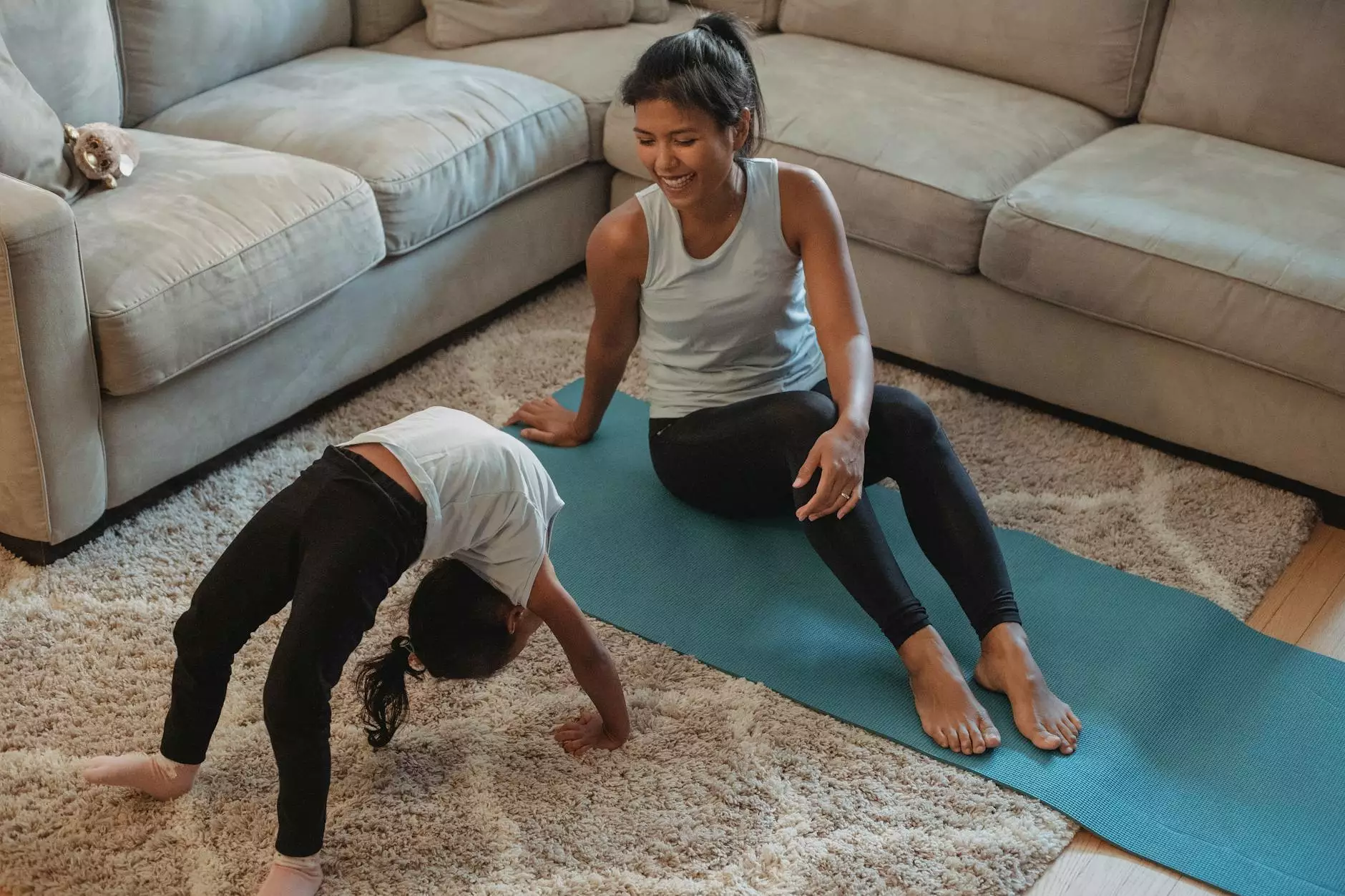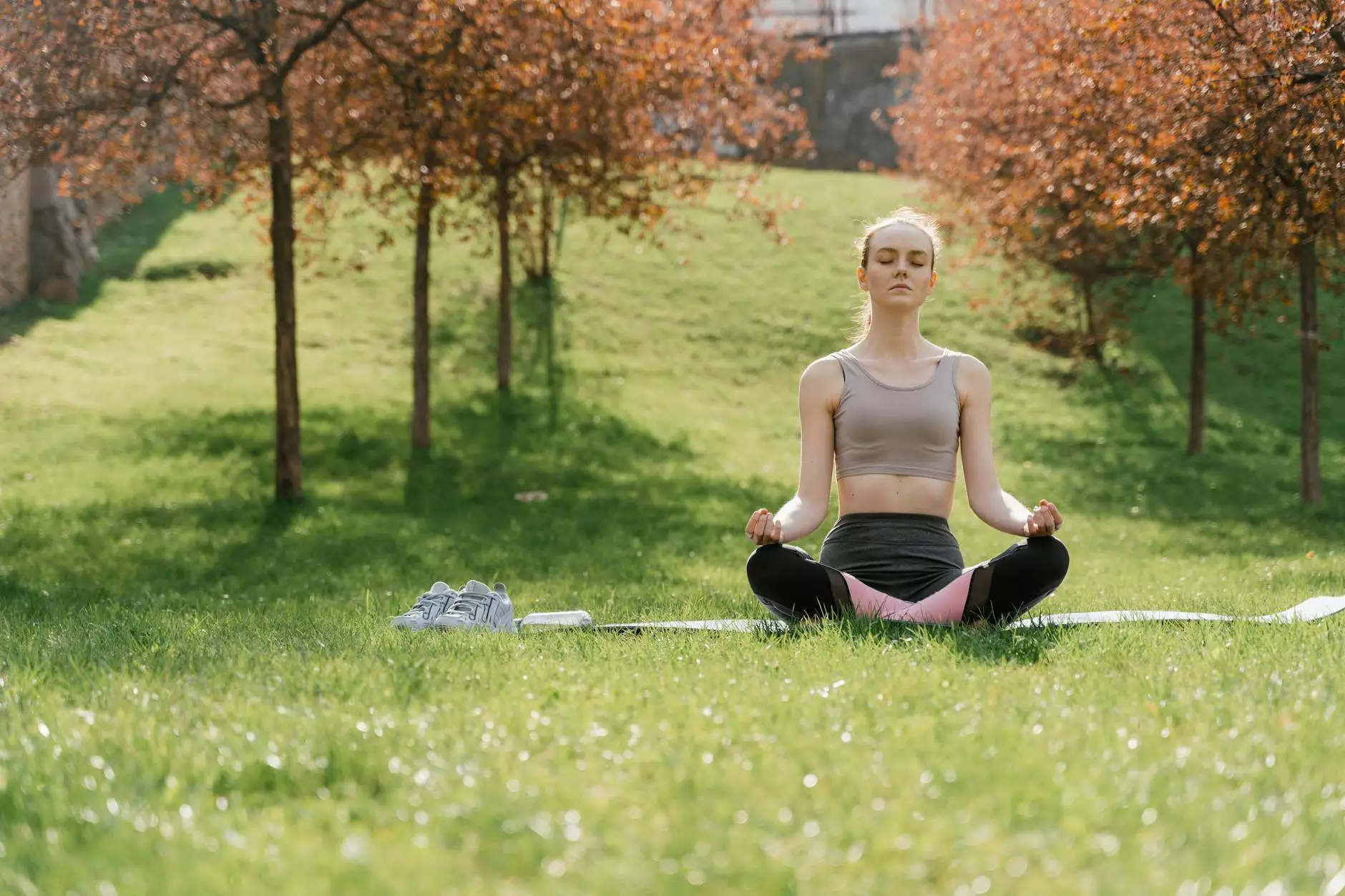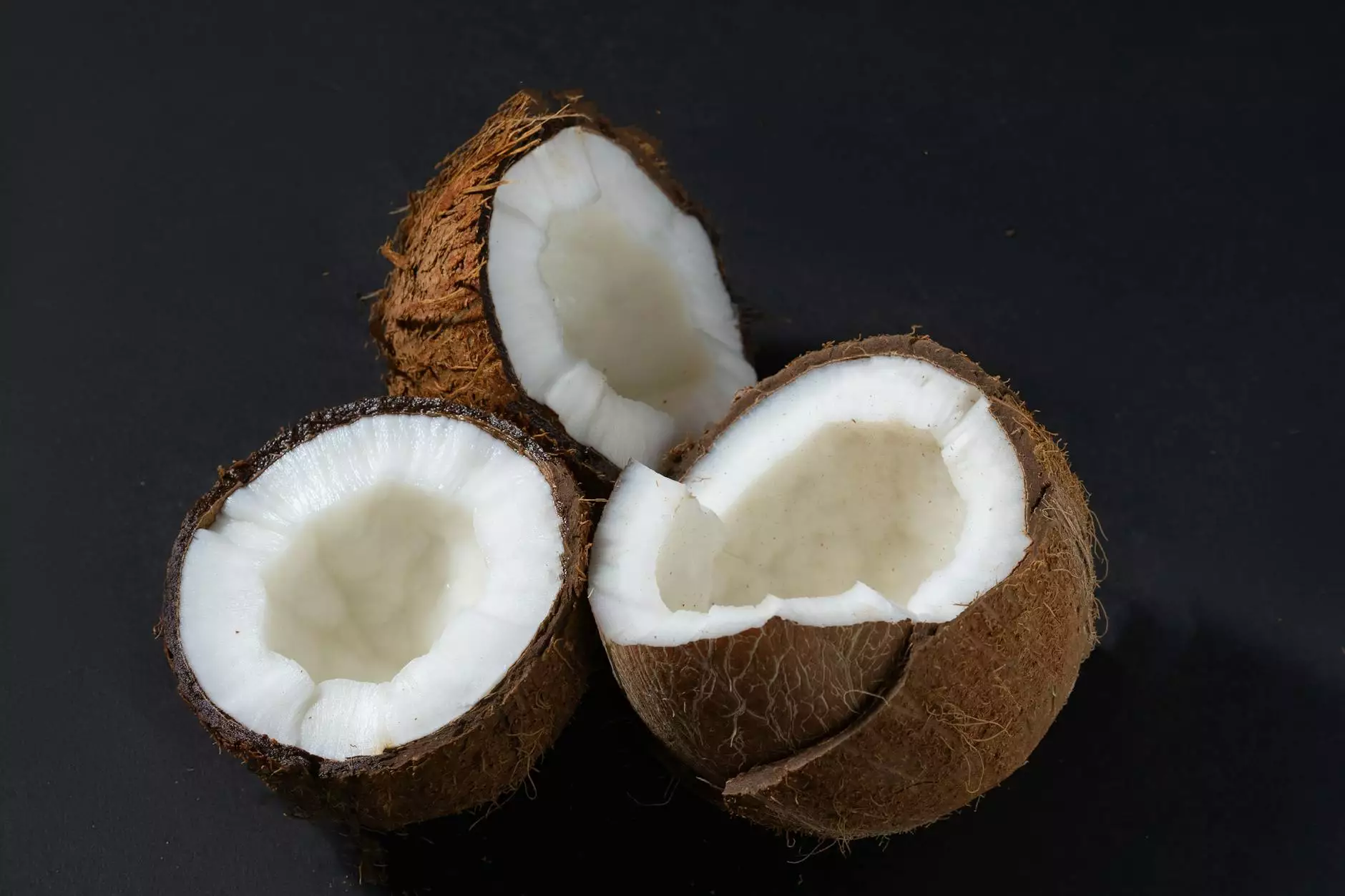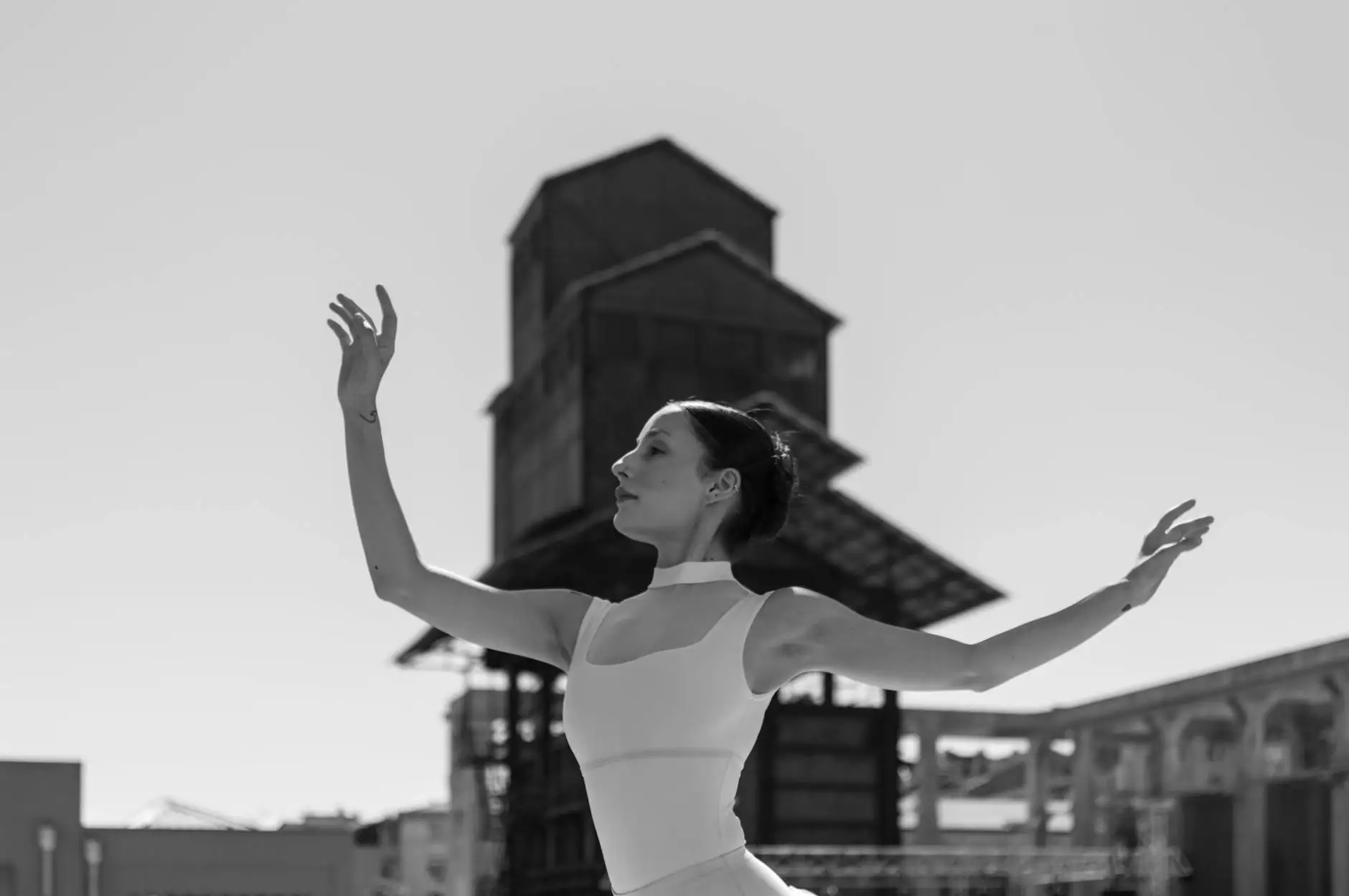Transform Your Postnatal Journey: Understanding Diastasis Recti and the Role of Pilates

For many new mothers, the journey into motherhood brings joy but also significant challenges, one of which can be diastasis recti. This condition, characterized by the separation of abdominal muscles, is common during and after pregnancy. But there's hope! Through targeted exercises and the right knowledge, you can effectively manage this issue, with postnatal Pilates being a remarkable tool in your recovery toolbox. In this comprehensive guide, we will delve into the intricacies of diastasis recti and how postnatal Pilates can help strengthen your body after childbirth.
What is Diastasis Recti?
Diastasis recti is a common condition that develops when the rectus abdominis muscles (the "six-pack" muscles) separate, leading to a gap in the center of the abdomen. This separation can lead to various challenges, including:
- Lower Back Pain: Weak core muscles can lead to poor posture and back pain.
- Abdominal Weakness: Loss of core strength can affect almost all physical activities.
- Change in Posture: A weakened core may contribute to postural imbalances.
Understanding the Causes of Diastasis Recti
During pregnancy, your body undergoes numerous changes, including:
- Hormonal Shifts: Increased levels of the hormone relaxin help your body prepare for childbirth by loosening ligaments.
- Growing Baby Bump: The expanding uterus stretches the abdominal muscles, which may result in a separation.
- Multiple Pregnancies: Carrying more than one baby can increase the risk of diastasis recti significantly.
It can also occur in men and women with obesity, those who have had previous abdominal surgery, and individuals who engage in improper exercise techniques. Awareness and education about this condition are key to managing and healing it effectively.
The Importance of Addressing Diastasis Recti
Diastasis recti isn't just a cosmetic concern; it can have profound effects on your overall well-being. Here are some reasons why it is vital to address this condition:
- Functional Movement: Re-establishing proper core function improves your overall movement patterns and activities.
- Enhanced Strength: Strengthening the core leads to better physical performance and improved athletic pursuits.
- Stronger Stability: A strong core offers better stability for the pelvis and spine, reducing the risk of injuries.
How Postnatal Pilates Helps in Recovery
Postnatal Pilates focuses on gently rebuilding your core strength with an emphasis on the pelvic floor. Pilates emphasizes alignment, breathing, and controlled movement which aids in healing diastasis recti. Here’s how postnatal Pilates can help:
- Strengthening the Core: Targeted exercises engage the transverse abdominis, the deep muscle layer that supports your spine and pelvis.
- Improving Posture: Through focused practice, you can enhance your posture, which helps alleviate back pain often associated with diastasis recti.
- Promoting Flexibility: Pilates encourages flexibility in the muscles and joints, improving overall mobility and ease of movement.
Safe Exercises for Diastasis Recti
When starting Pilates for diastasis recti, it’s crucial to select exercises that are safe and effective. Here are some postnatal Pilates exercises you can incorporate into your routine:
1. Basic Breathing
This foundational exercise helps engage your core:
- Lie on your back with your knees bent and feet flat on the floor.
- As you inhale, expand your belly, and as you exhale, draw your belly button toward your spine.
2. Pelvic Tilts
This exercise encourages pelvic alignment:
- Lie on your back with your knees bent.
- Inhale to relax your back down, and as you exhale, tilt your pelvis toward your ribs, flattening your lower back against the mat.
3. Knee Folds
This helps with engaging the core without strain:
- Lie on your back and do the basic breathing.
- Gradually lift one knee towards your chest without moving your pelvis or back.
4. Modified Side Plank
This builds lateral core strength:
- Lie on your side, resting on your forearm with your knees bent.
- Lift your hips off the mat while keeping your knees on the ground.
5. Bird Dog
This exercise promotes stability while challenging your balance:
- Begin on your hands and knees; keep your back straight.
- Simultaneously extend your opposite arm and leg, holding for a few seconds before switching sides.
Expert Tips for Success
Embarking on your postnatal Pilates journey? Keep these tips in mind to enhance your experience:
- Consult a Professional: Always discuss with your healthcare provider before starting a new exercise program, especially if you have diastasis recti.
- Start Slow: Focus on proper technique and listen to your body. Gradually increase intensity as you gain strength.
- Seek Support: Find a Pilates instructor knowledgeable about postnatal care and diastasis recti to guide you through exercises.
Conclusion
In conclusion, postnatal Pilates is not only beneficial for managing and healing diastasis recti but also offers an overall boost to your physical and emotional well-being post-childbirth. By focusing on core strength, proper alignment, and breath control, you can reclaim your body and enhance your quality of life. Every mother deserves a supportive journey during recovery, and with the right tools and knowledge, you are well-equipped to face the challenges ahead.
Explore how Hello Physio can assist you in your postnatal recovery journey. Our experts are ready to provide personalized guidance and support tailored to your unique needs. Rebuild your strength, regain your confidence, and embark on a healthier path today!
postnatal pilates diastasis recti






